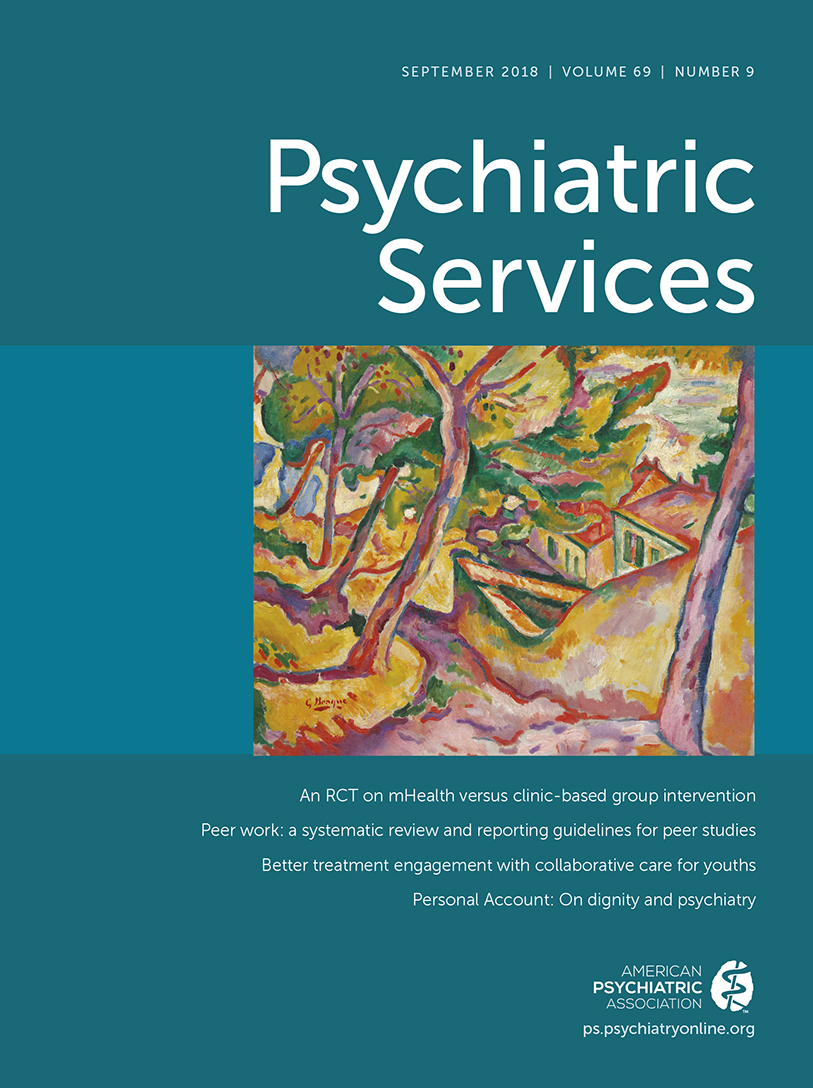Use of Academic Detailing With Audit and Feedback to Improve Antipsychotic Pharmacotherapy
Abstract
Objective:
Second-generation antipsychotics vary in their propensity to cause serious cardiometabolic side effects. In addition, use of two or more antipsychotics (polypharmacy) may lead to additive side effects and has not been shown to be consistently more effective than monotherapy. This study examined the use of academic detailing with audit and feedback to improve antipsychotic prescribing practices, including antipsychotic polypharmacy and utilization of medication with high or low risk of cardiometabolic side effects (“high risk” or “low risk,” respectively).
Methods:
Four intervention sessions were provided over two years to psychiatric care providers at community mental health centers. Segmented regression within the general estimating equation model framework used Medicaid pharmacy claims to examine prescribing patterns before and after the intervention among all beneficiaries (67,721 person-months) over a five-year period.
Results:
After the intervention, 10.9% of beneficiaries with antipsychotic claims were on polypharmacy, compared with 13.1% before the invention. Use of high-risk and low-risk antipsychotics did not change. The final adjusted polypharmacy model showed that antipsychotic polypharmacy decreased among young adults and adults ages 40 or older compared with beneficiaries ages 30–39 (β=–.02, p=.04, and β=–.02, p=.007, respectively). The raw proportion of beneficiaries on high- and low-risk agents did not change, although final adjusted models demonstrated changes in use of high- and low-risk agents by diagnosis and risk group.
Conclusions:
Polypharmacy decreased among young and older adults after academic detailing with audit and feedback. Although further research is needed, this low-intensity intervention may help mental health systems reduce antipsychotic polypharmacy.



